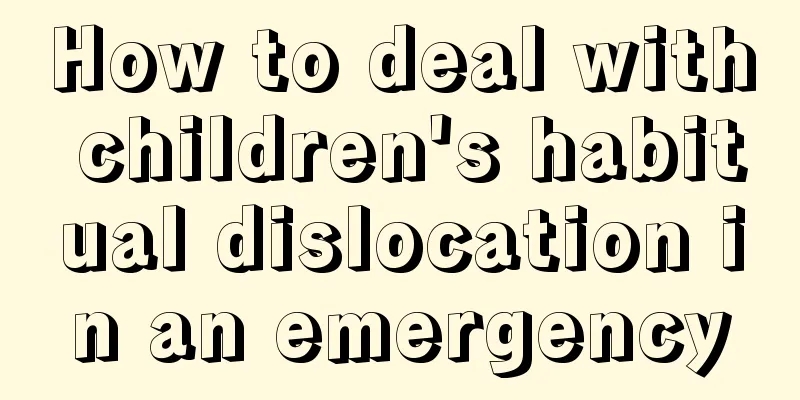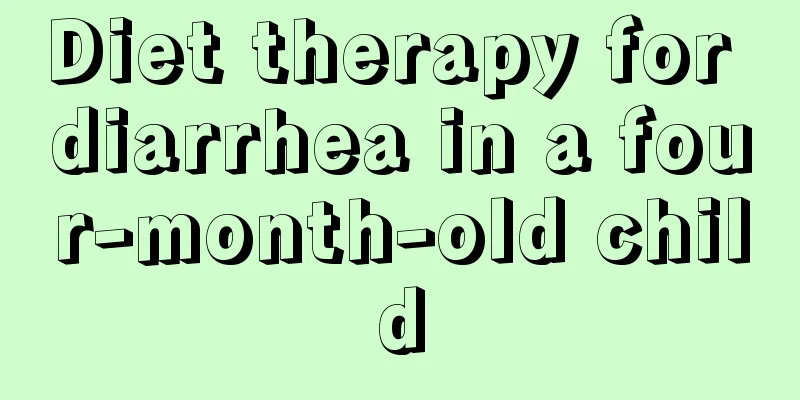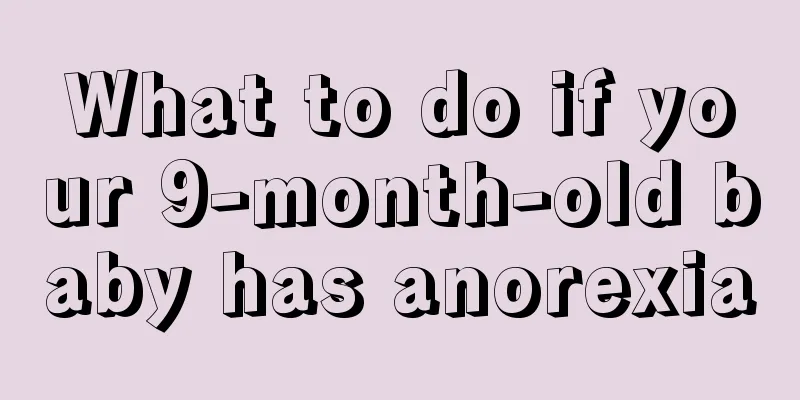The rash has made the resistance stronger

|
Since newborns are separated from the protection of their mothers and their own immune systems are not well protected, they may develop rashes due to external reasons for some time after birth. This situation is common. Generally speaking, if a baby has a fever without catching a cold, it may be a precursor to a rash. Some people believe that immunity will become stronger after a rash appears. There is no such saying. It just means that after a rash appears, one will have a certain resistance to the disease, but there is no such situation where resistance becomes stronger.
If your baby is between 6 and 18 months old and has not been left out to dry, and suddenly develops a high fever, the first thing to suspect is a rash. It's just a fever, with the temperature remaining between 38℃ and 40℃. Some young children may have a mild cough or runny nose, but there are no other obvious cold symptoms. Some parents may be worried and go to the hospital for a blood test, but the test results may not show anything abnormal. Some people may have a white blood cell count slightly above or below the normal range, which is normal.
If your child suddenly develops a fever, there is no need to panic. First measure the body temperature. If it exceeds 38.5℃, you can first use physical cooling methods to deal with it. Put a cooling patch on the child's forehead and use alcohol to wipe the child's palms, soles of feet, neck, armpits and other hot areas. This may be the most difficult time for parents, as they have to measure their children's temperature every half an hour. Children at this time should not go out to be exposed to the wind, just keep the indoor air fresh. Give your child more boiled water, you can add a little sugar, supplement vitamin C and vitamin B, which will help the child sweat and urinate, thereby achieving a cooling effect. You can bathe your child during the day to help dissipate heat.
Let your child rest in bed, keep the home environment quiet, and keep the air fresh and flowing. Do not cover your child with a thick blanket. Children's diet should be light and the food should be easy to digest, preferably high in protein and fiber. When the fever is severe, the child can be given liquid or semi-liquid food. When a child is ill, you can give him some vitamins under the guidance of a doctor, which will help alleviate the symptoms of the disease. |
<<: Is it better for babies to have teeth early or late?
>>: Tips for growing baby eyelashes
Recommend
Can babies use air conditioning when they have a runny nose?
I often hear the older generation in my family sa...
Baby sweats all over when feeding
It is normal for babies to sweat profusely while ...
What are the dangers of night terrors in children?
Children will sometimes be frightened, that is, t...
What is the cause of baby's white blood cell infection?
As children grow up, their bodies are in the deve...
Indications for children's amoxicillin dry suspension
Children's amoxicillin dry suspension is a dr...
What medicine is used for baby nebulization
Nebulizer therapy is a very special treatment met...
What are the symptoms of intellectual disability in a 2-year-old baby?
Generally speaking, when babies reach the age of ...
One-year-old baby development indicators
We all know that the developmental indicators of ...
What to do if your child has recurrent bronchial pneumonia
Bronchopneumonia is a relatively common respirato...
Early symptoms of foot-mouth and hand disease in children
Hand, foot and mouth disease is a very common dis...
How to physically reduce the temperature of a child’s fever?
Children's physical constitution is not as go...
Why is my baby particularly afraid of heat?
Children's physiques are different from adult...
How to correct a baby's crooked head?
Many unexpected situations may occur during the g...
Babies always want to be held to sleep, parents should take these solutions
Because there are few children in some families, ...
What are the acupuncture points for reducing fever in children?
What should I do if my child has a fever? In dail...









